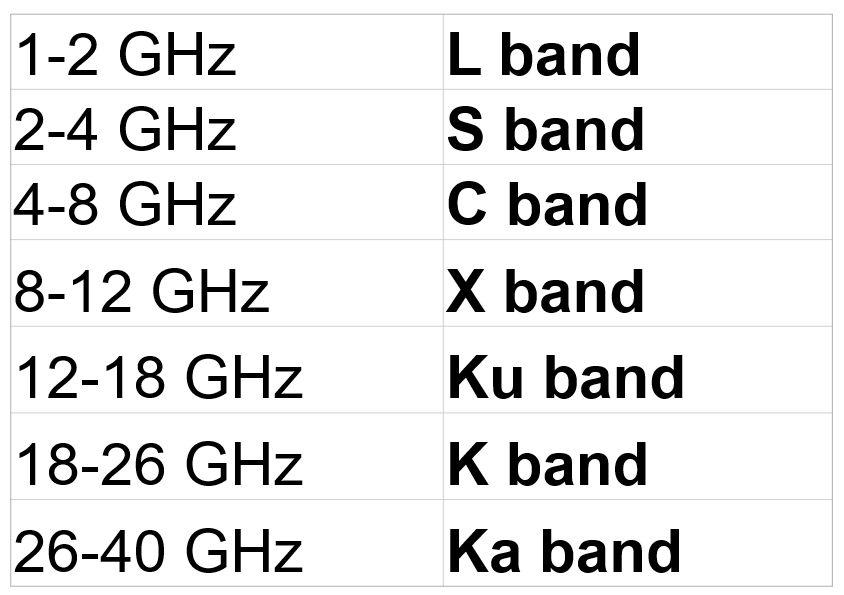What are LNA, LNB, LNC and LND in Satellite Communications?
What are LNA, LNB, LNC and LND in Satellite Communications?
LNA, LNB, LNC and LND are terms often heard during discussions on satellite communications. LNA is a low noise amplifier, which can amplify weak satellite signals without worsening signal to noise ratio. LNB or low noise block converter is also known as LNC or low noise converter. It is also sometimes called LND or low noise downconverter. It amplifies the weak signals received from the satellites and also downconvert them to a lower frequency which can be taken through a coaxial cable to the receiver.
Typically, C band, X band and Ku band signals are downconverted to L band. Please note that LNA is different as it only amplifies and does not downconvert RF signal, while all the other three are the same! In case of satellite television reception, if LNB is not used, the signals will have to carried by expensive waveguides, while downconverted signals can be carried by inexpensive coaxial cables. LNA is used at the front end of amateur radio satellite receivers to enhance weak signal reception, especially for satellites at higher altitude like medium earth orbit or MEOs. LNBs are used for receiving and downconverting signals from geostationary amateur radio satellite QO 100.

C band is from 4 – 8 GHz according to the Institute of Electrical and Electronics Engineers (IEEE) standards. Wi-Fi band of 5 GHz comes within the IEEE C band. Ku band according to IEEE is from 12 – 18 GHz. Ku stands for K-under as it is the lower part of an original K band which was split into three. IEEE K band is from 18-26 GHz while Ka band is from 26-40 GHz. L band according to IEEE specification is 1-2 GHz, at the upper end of UHF frequencies. In between L band and C band is S band with range of 2-4 GHz, which is an overlap between UHF and SHF. S band contains the 2.4 GHz Wi-Fi band. X band is between C band and Ku band, at 8-12 GHz.
